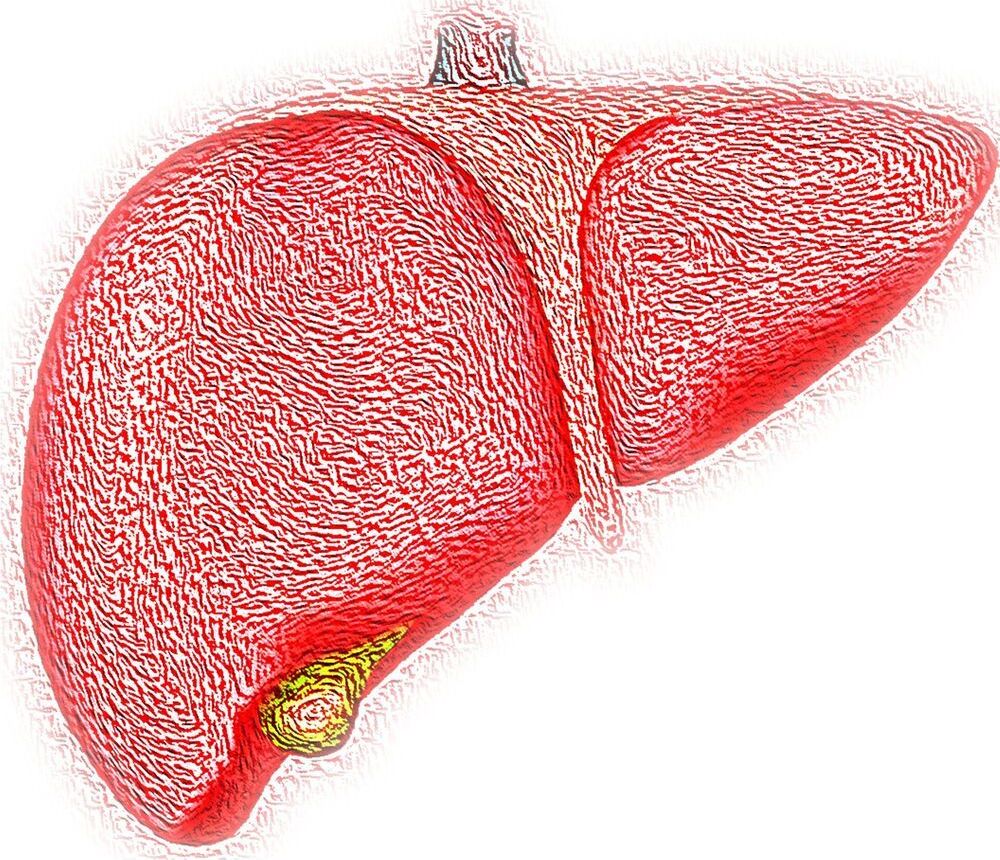Summary: Newly synthesized compounds can halt the degradation of neurons in a range of neurodegenerative diseases, including Alzheimer’s and Parkinson’s disease, researchers say.
Source: Ural Federal University
Russian scientists have synthesized chemical compounds that can stop the degeneration of neurons in Alzheimer’s, Parkinson’s, and other severe brain pathologies. These substances can provide a breakthrough in the treatment of neurodegenerative pathologies.
New molecules of pyrrolyl-and indolylazine classes activate intracellular mechanisms to combat one of the main causes of “aged” brain diseases – an excess of so-called amyloid structures that accumulate in the human brain with age.








